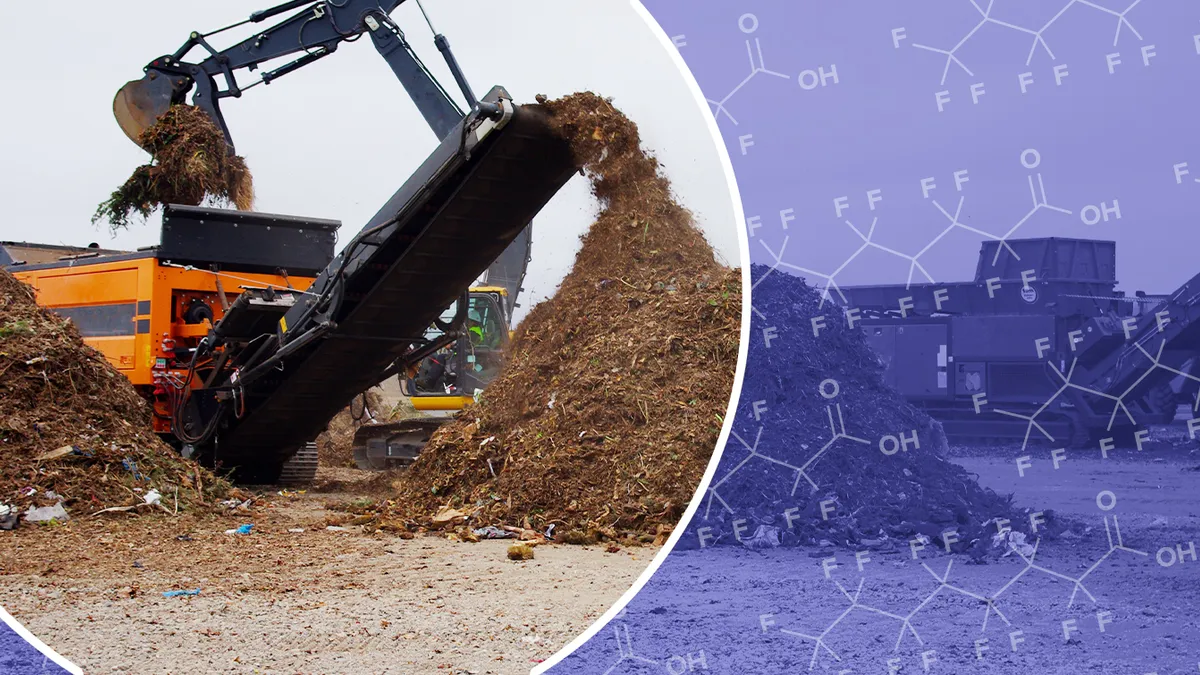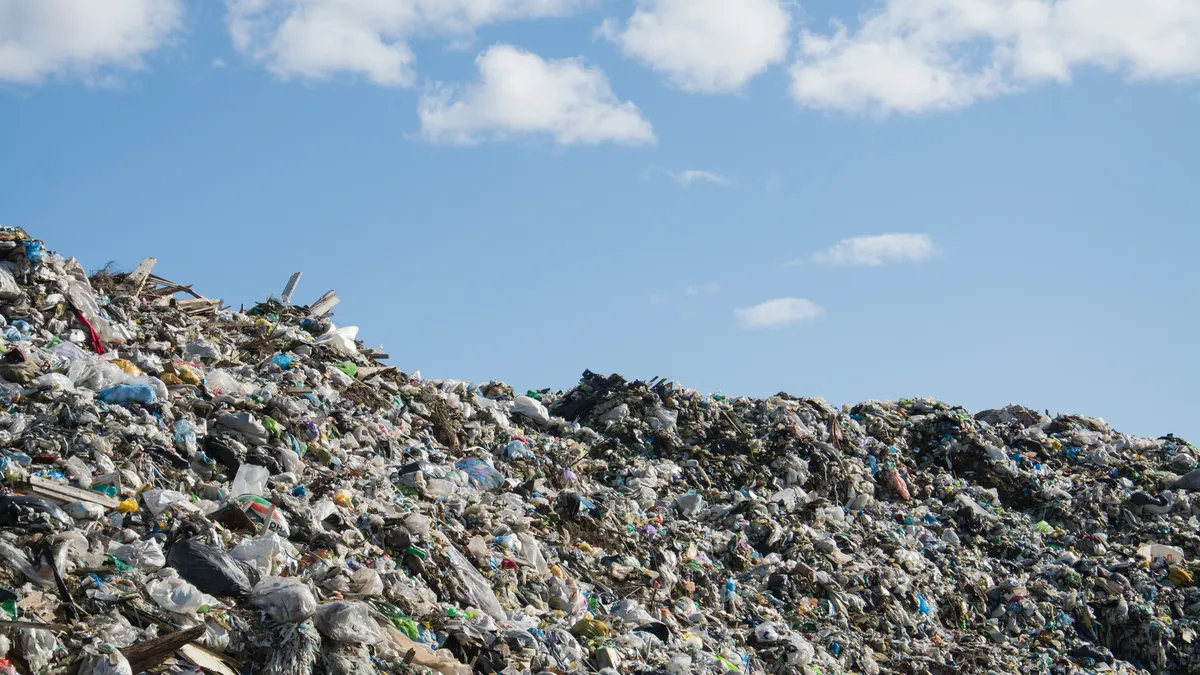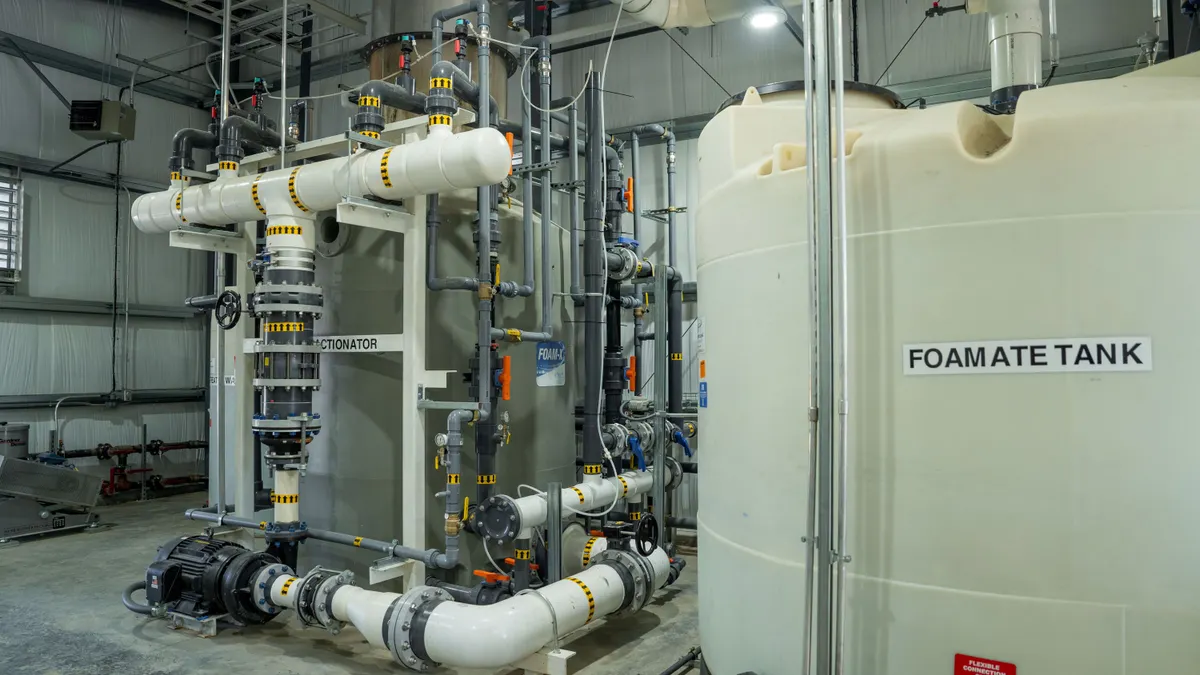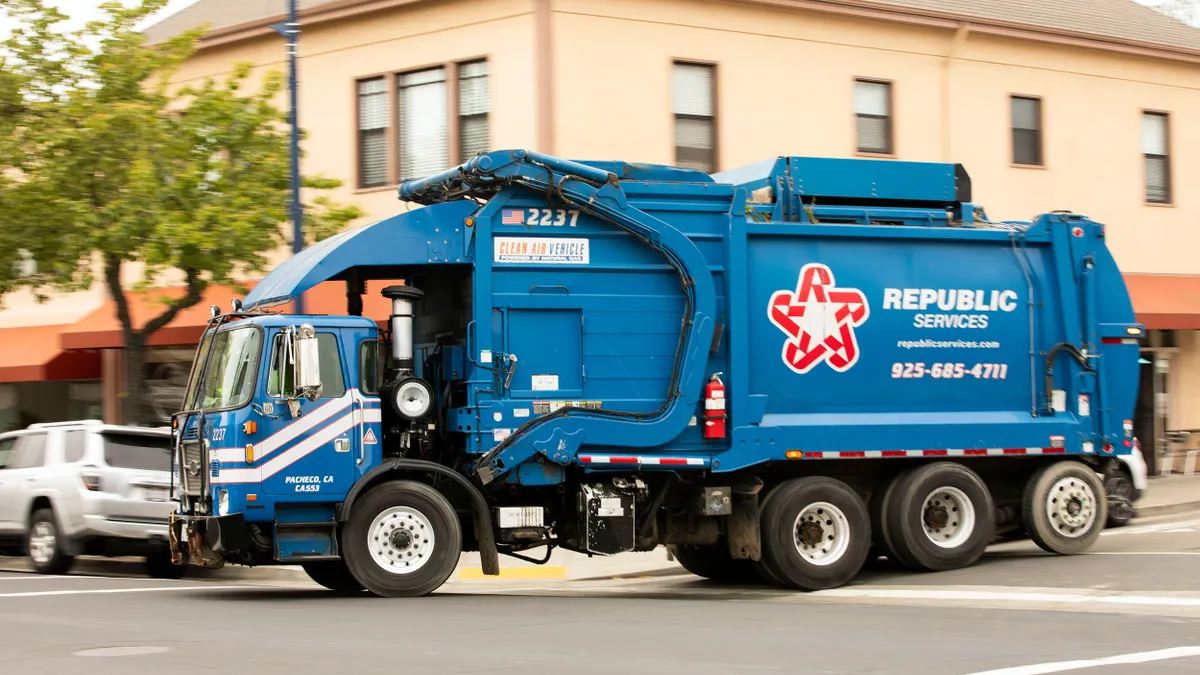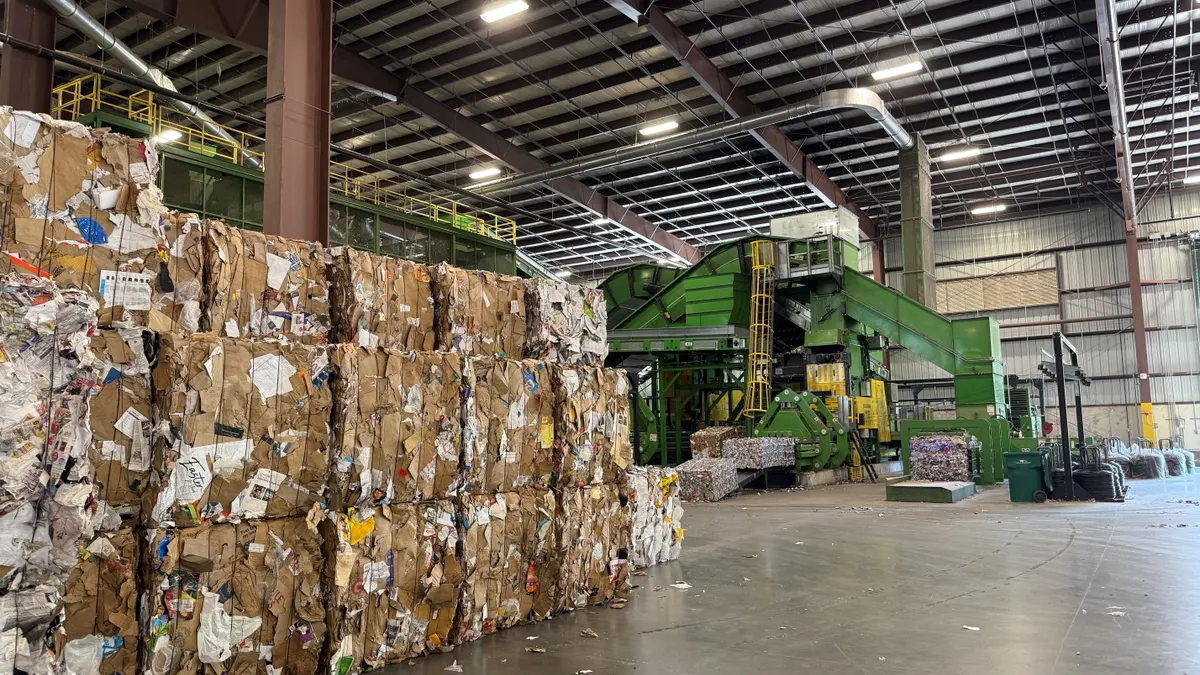Landfills need new and updated methods for managing, treating, and destroying per- and polyfluoroalkyl substances (PFAS) as soon as possible, according to presenters and attendees at the 2022 Global Waste Management Symposium (GWMS) conference, held Feb. 14-17 in Indian Wells, California.
Though several methods exist to manage or destroy PFAS in landfills, attendees and presenters focused on the demand for solutions that either improve on currently available techniques for leachate management or provide more options to completely destroy PFAS bonds and tackle short-chain compounds, which can be harder to break down.
Landfill operators feel an urgency to better handle the compounds in advance of anticipated federal and state regulations expected to affect daily operations, presenters acknowledged. Yet researchers cautioned that it will take time to perfect and implement updated PFAS management technologies, and many may not be ready by the time new regulations come out.
For researchers, policymakers and landfill operators, “there’s lots of work to be done, and it is happening,” said Bryan Staley, president and CEO of the Environmental Research & Education Foundation. “But for those of us in the PFAS space, it can’t happen fast enough.”
Landfills are a secure place for material containing PFAS, according to operators, but they must still destroy or sequester as much PFAS in leachate as possible. That's because PFAS can remain in biosolids, making it hard for third-party wastewater treatment plants to manage.
These conversations are happening against a backdrop of uncertainty about future federal and state PFAS regulations that could dictate how landfill operators manage PFAS in leachate or other areas of operations. So far, operators are using draft guidance on PFAS disposal and destruction, which stops short of making policy recommendations or setting standards for such disposal. The document, which the EPA plans to update in fall 2023, details the science behind using deep-well injection, landfilling and thermal treatment.
Landfill operators also expect the EPA to regulate, and are awaiting the agency to set a final rule for, PFOS and PFOA in drinking water. The agency is expected to designate the two compounds as hazardous substances by 2023.
PFAS is not a new topic for the industry or for the GWMS conference. Yet several speakers at this year’s event noted a shift away from simply discussing PFAS as an upcoming regulatory and solid waste management issue and toward more quickly scaling research from exploratory research papers to “off-the-shelf” products landfill operators can use.
Several speakers referenced comments from keynote speaker James Little, executive vice president of engineering and disposal for Waste Connections, who issued a call to action to quickly find more solutions for landfill operators to manage, treat or destroy the substances.
One topic of discussion was how to make the available PFAS management methods more effective. These strategies include granular activated carbon (GAC), where PFAS gets absorbed into the carbon of a specialized vessel; ion exchange (IX), where PFAS pass through special resins that then bind to the chemicals; and reverse osmosis (RO), which removes PFAS and other contaminants from water through pressure and a permeable membrane.
The effectiveness, cost and feasibility of these methods vary, Staley said. Each option requires some level of pretreatment to work properly, and both RO and IX technologies still require landfill operators to find off-site disposal methods for biosolids after they capture the PFAS in the process. GAC, meanwhile, works most effectively on long-chain PFAS, though research suggests that some PFAS found at U.S. landfills are in the short-chain category.
Emerging research aims to find better ways to tackle these short-chain PFAS while developing more reliable and less costly ways to destroy PFAS across the board. Destructive technologies break the bonds that hold PFAS compounds together instead of breaking them into material requiring further off-site disposal, said Tyler Brown, senior project manager for TetraTech. This can reduce the need for further PFAS disposal down the line, he said. Methods like IX or RO “can be great methods, up to 100% efficient, but it doesn't help the solid waste industry when you have to move it from one place to another.”
Some of these up-and-coming technologies include sonochemical oxidation, an ultrasound technology that uses sound waves to break down the PFAS, which could be particularly effective for treatment of PFAS-contaminated water, Brown said. Electrochemical oxidation (EO) uses a similar method.
A plasma method — “essentially electrocuting the PFAS,” Staley said — uses electricity to convert water into reactive molecules. On the horizon are methods that combine IX with plasma treatment, which aims to concentrate and destroy PFAS from multiple angles.
More research could shed more light on how to make methods like plasma and EO more effective for short-chain PFAS, said Vanessa Maldonado, an environmental scientist and Ph.D. student at Michigan State University. She presented a study that used EO to treat leachate from a Michigan MSW landfill, showing that the method works on oxidizing shorter-chain PFAS but not at the rate that it destroys long-chain compounds.
Another method, a high-energy electronic beam known as eBeam, uses electricity to generate high-energy electrons that interact with water. Recent research indicates eBeam can address waste streams that have multiple types of “emerging contaminants” such as PFAS and pesticides or herbicides, Brown said.
Other possibilities include exposing PFOA to UV light while adding boron nitride powder and water, which act as a catalyst to break bonds in the molecules, Staley said. However, this research has yet to be tested on leachate. Cement is another new method: Paul Ruehl, U.S. environmental remediation coordinator for LafargeHolcim, explained how a special mixed cement binder sprayed on top of landfills could be used a form of alternative daily cover, which is meant to encapsulate PFAS-containing waste and keep it captured inside the landfill. Some researchers see modern MSW landfills as important places to permanently contain PFAS because they are already designed to eliminate discharge and manage leachate generation.
Cost hurdles are already a factor for the most common types of PFAS treatment, and both Brown and Staley said many of these emerging technologies, though exciting, are also likely to be expensive because they require so much energy.
Brown said it’s notable that researchers have been able to collect so much important data on a wide array of PFAS treatment and destruction methods, but it could still be years before any of these become common.
“Right now, we're seeing a lot of bench-scale studies,” he cautioned. “We need to do more to understand how we can build these out.”



